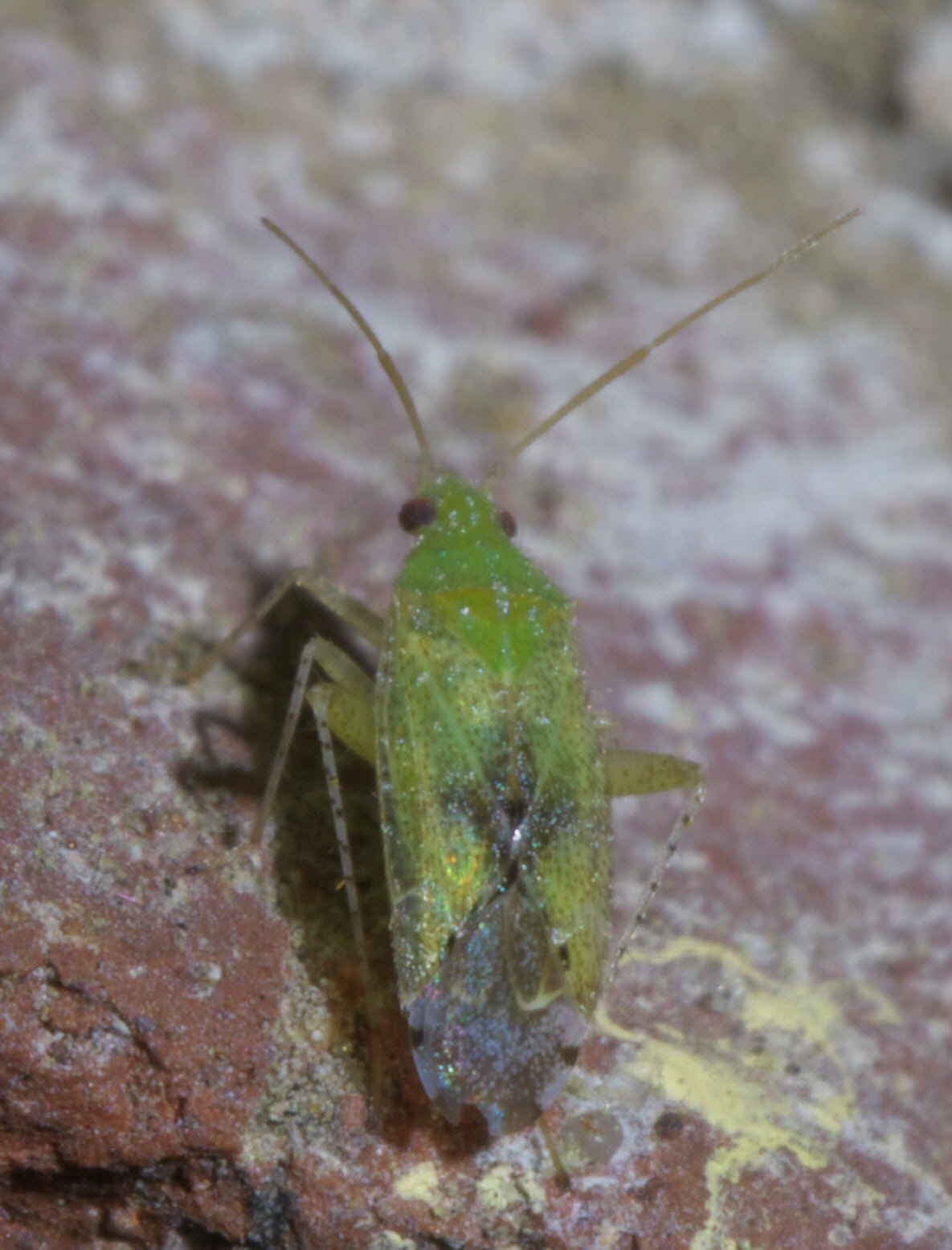|
Rhinocapsus
''Rhinocapsus'' is a genus of North American plant bugs in the family Miridae The Miridae are a large and diverse insect family at one time known by the taxonomic synonym Capsidae. Species in the family may be referred to as capsid bugs or "mirid bugs". Common names include plant bugs, leaf bugs, and grass bugs. It is the .... There are at least two described species in ''Rhinocapsus''. Species These two species belong to the genus ''Rhinocapsus'': * '' Rhinocapsus rubricans'' (Provancher, 1887) * '' Rhinocapsus vanduzeei'' Uhler, 1890 (azalea plant bug) References Further reading * * * External links * Phylini Articles created by Qbugbot {{Miridae-stub ... [...More Info...] [...Related Items...] OR: [Wikipedia] [Google] [Baidu] |
Rhinocapsus Vanduzeei
''Rhinocapsus vanduzeei'', the azalea plant bug, is a species of plant bug in the family Miridae. It is found in North America. References Further reading * External links * Phylini Articles created by Qbugbot Insects described in 1890 {{Miridae-stub ... [...More Info...] [...Related Items...] OR: [Wikipedia] [Google] [Baidu] |
Rhinocapsus Rubricans
''Rhinocapsus rubricans'' is a species of plant bug in the family Miridae. It is found in North America. References Further reading * Phylini Articles created by Qbugbot Insects described in 1887 {{Miridae-stub ... [...More Info...] [...Related Items...] OR: [Wikipedia] [Google] [Baidu] |
Phylini
Phylini is a tribe of plant bugs in the family Miridae, based on the type genus ''Phylus''. There are at least 440 described species in Phylini. Subtribes and selected Genera * Full list of Phylini genera here Keltoniina Auth. Schuh & Menard, 2013 * ''Keltonia'' Knight, 1966 - Nearctic * ''Pseudatomoscelis'' Poppius, 1911 - Caribbean, Mexico * ''Reuteroscopus'' Kirkaldy, 1905 - New World Oncotylina Auth. Douglas & Scott, 1865 * ''Americodema'' T. Henry, 1999 - Nearctic * ''Asciodema'' Reuter, 1878 - Palearctic, Nearctic * ''Brachyarthrum'' Fieber, 1858 - Palearctic * ''Europiella'' Reuter, 1909 - Holarctic * ''Europiellomorpha'' Duwal, 2014 * ''Oncotylus'' Fieber, 1858 - Holarctic * ''Parapsallus'' Wagner, 1952 - Palearctic * ''Phyllopidea'' Knight, 1919 - Western Nearctic * ''Placochilus'' Fieber, 1858 - Palearctic * ''Plagiognathus'' Fieber, 1858 - Holarctic * ''Plesiodema'' Reuter, 1875 - Holarctic * ''Psallodema'' V. Putshkov, 1970 - Palearctic * ''Ranzovius (bug), Ranzovi ... [...More Info...] [...Related Items...] OR: [Wikipedia] [Google] [Baidu] |
Plant Bug
The Miridae are a large and diverse insect family at one time known by the taxonomic synonym Capsidae. Species in the family may be referred to as capsid bugs or "mirid bugs". Common names include plant bugs, leaf bugs, and grass bugs. It is the largest family of true bugs belonging to the suborder Heteroptera; it includes over 10,000 known species, and new ones are being described constantly. Most widely known mirids are species that are notorious agricultural pests that pierce plant tissues, feed on the sap, and sometimes transmit viral plant diseases. Some species however, are predatory. Description Miridae are small, terrestrial insects, usually oval-shaped or elongate and measuring less than in length. Many of them have a hunched look, because of the shape of the prothorax, which carries the head bent down. Some are brightly coloured and attractively patterned, others drab or dark, most being inconspicuous. Some genera are ant mimics at certain stages of life. The Mirida ... [...More Info...] [...Related Items...] OR: [Wikipedia] [Google] [Baidu] |
Miridae
The Miridae are a large and diverse insect family at one time known by the taxonomic synonym Capsidae. Species in the family may be referred to as capsid bugs or "mirid bugs". Common names include plant bugs, leaf bugs, and grass bugs. It is the largest family of true bugs belonging to the suborder Heteroptera; it includes over 10,000 known species, and new ones are being described constantly. Most widely known mirids are species that are notorious agricultural pests that pierce plant tissues, feed on the sap, and sometimes transmit viral plant diseases. Some species however, are predatory. Description Miridae are small, terrestrial insects, usually oval-shaped or elongate and measuring less than in length. Many of them have a hunched look, because of the shape of the prothorax, which carries the head bent down. Some are brightly coloured and attractively patterned, others drab or dark, most being inconspicuous. Some genera are ant mimics at certain stages of life. The Mirida ... [...More Info...] [...Related Items...] OR: [Wikipedia] [Google] [Baidu] |
Azalea Plant Bug - Rhinocapsus Vanduzeei, Woodbridge, Virginia
Azaleas are flowering shrubs in the genus ''Rhododendron'', particularly the former sections '' Tsutsusi'' (evergreen) and ''Pentanthera'' (deciduous). Azaleas bloom in the spring (April and May in the temperate Northern Hemisphere, and October and November in the Southern Hemisphere), their flowers often lasting several weeks. Shade tolerant, they prefer living near or under trees. They are part of the family Ericaceae. Cultivation Plant enthusiasts have selectively bred azaleas for hundreds of years. This human selection has produced over 10,000 different cultivars which are propagated by cuttings. Azalea seeds can also be collected and germinated. Azaleas are generally slow-growing and do best in well-drained acidic soil (4.5–6.0 pH). Fertilizer needs are low. Some species need regular pruning. Azaleas are native to several continents including Asia, Europe and North America. They are planted abundantly as ornamentals in the southeastern US, southern Asia, and par ... [...More Info...] [...Related Items...] OR: [Wikipedia] [Google] [Baidu] |


.jpg)
